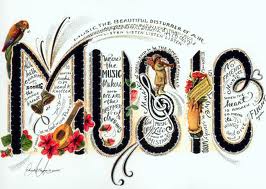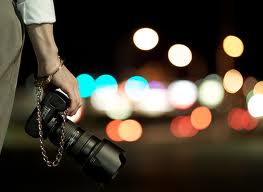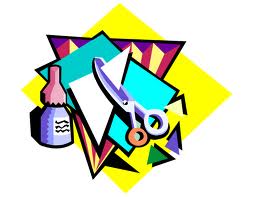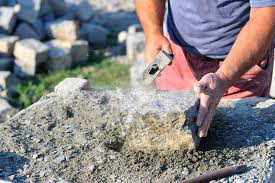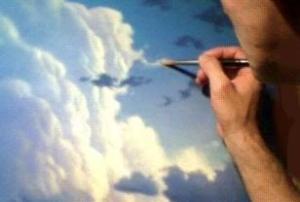GRAPHICS
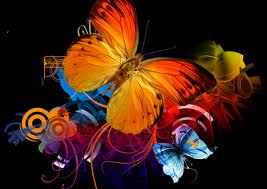
[ Source Info: http://en.wikipedia.org/wiki/Graphics ]
Graphics (from Greek graphikos) are visual presentations on some surface, such as a wall, canvas, screen, paper, or stone to brand, inform, illustrate, or entertain. Graphics word is derived from the word graph. A graph has x and y axis. Same way something which is created in digital word is seen on a digital screen, this screen also has x and y axis. So the output on any digital device is termed as graphics. In other words an image that is generated by a computer called graphics. The pictorial representation and manipulation of data, as used in computer-aided design and manufacture, in typesetting and the graphic arts, and in educational and recreational programs.
Examples are photographs, drawings, Line Art, graphs, diagrams, typography, numbers, symbols, geometric designs, maps, engineering drawings, or other images. Graphics often combine text, illustration, and color. Graphic design may consist of the deliberate selection, creation, or arrangement of typography alone, as in a brochure, flier, poster, web site, or book without any other element. Clarity or effective communication may be the objective, association with other cultural elements may be sought, or merely, the creation of a distinctive style.
Graphics can be functional or artistic. The latter can be a recorded version, such as a photograph, or an interpretation by a scientist to highlight essential features, or an artist, in which case the distinction with imaginary graphics may become blurred.
An illustration is a visual representation such as a drawing, painting, photograph or other work of art that stresses subject more than form. The aim of an illustration is to elucidate or decorate a story, poem or piece of textual information (such as a newspaper article), traditionally by providing a visual representation of something described in the text. The editorial cartoon, also known as a political cartoon, is an illustration containing a political or social message.
Illustrations can be used to display a wide range of subject matter and serve a variety of functions, such as:
– giving faces to characters in a story
– displaying a number of examples of an item described in an academic textbook (e.g. A Typology)
– visualising step-wise sets of instructions in a technical manual
– communicating subtle thematic tone in a narrative
– linking brands to the ideas of human expression, individuality and creativity
– making a reader laugh or smile
– for fun (to make laugh) funny
Graphic Design : such things as working with Photoshop or some other computer based program to produce designs such as Album Cover, Web Page layouts, or just wallpaper you want to use for your computer. This area of Computer making Graphic Designing is becoming really popular.
Computer graphics: there are two types of computer graphics: raster graphics, where each pixel is separately defined (as in a digital photograph), and vector graphics, where mathematical formulas are used to draw lines and shapes, which are then interpreted at the viewer’s end to produce the graphic. Using vectors results in infinitely sharp graphics and often smaller files, but, when complex,like vectors take time to render and may have larger file sizes than a raster equivalent.
[for the article Full Rights Reserved ©Wikipedia Website]
